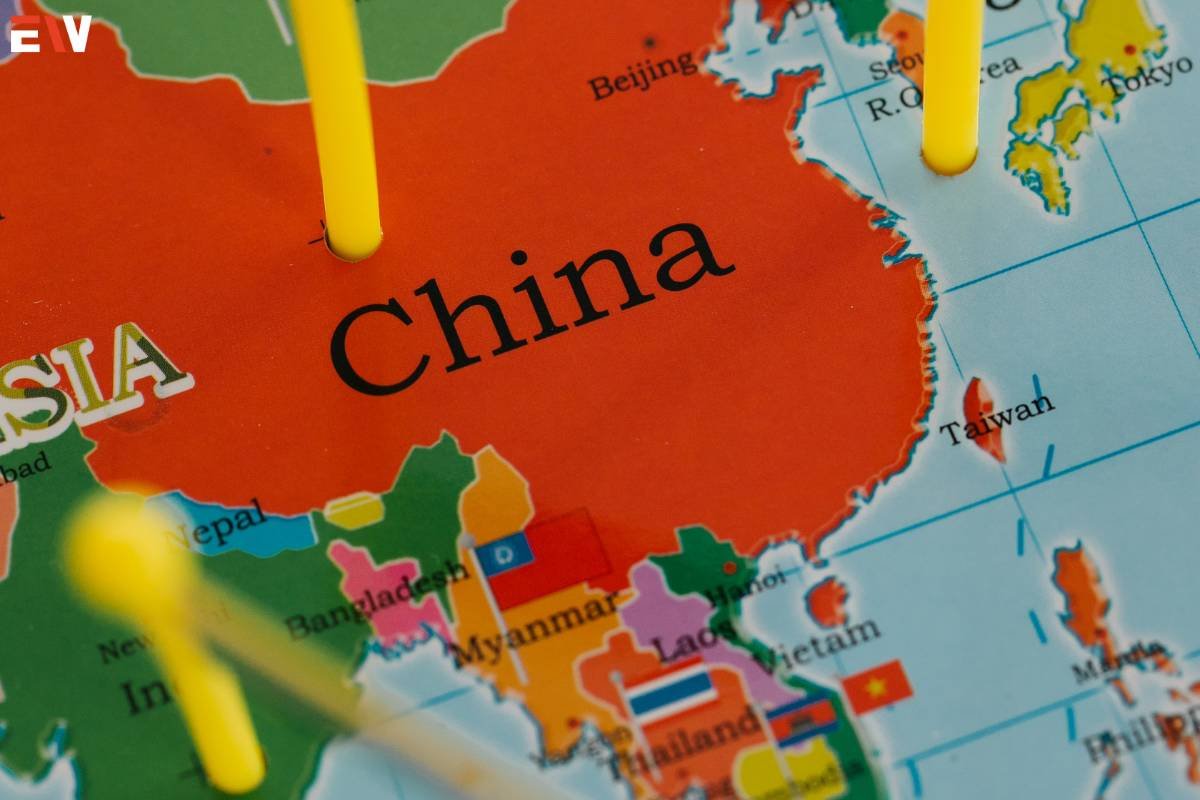In today’s digital era, online retail has become a powerful channel for businesses to reach a global customer base. As a result of the growth of e-commerce, an increasing number of company owners are looking to China as a supplier of goods for their online retail operations. But, navigating the intricate world of Chinese manufacturing may be frightening, particularly for those who are just starting out in the field. In this piece, we will offer a detailed walkthrough on how to eliminate the need for intermediaries when sourcing items from China.
Here Are 7 Steps to Eliminate the Need for Intermediaries When Sourcing Items From China:
Step 1: Identify Your Product
The first thing you need to do in order to start sourcing items from China is to determine what kinds of goods you want to sell. Do market research to discover the trends and items that are most popular in your specialized field. You may obtain a sense of what items are in demand by using web resources such as Google Trends, Amazon Best Sellers, and Alibaba.
Create a thorough product specification document after you have determined the product that you will be selling. This page needs to contain specifics like the product name, size, materials, color, and packaging, in addition to any other pertinent information that may be required.
Step 2: Find a Supplier
The subsequent task is to search China for a provider who is capable of manufacturing your goods. There are a number of different approaches to locating a provider, including the following:

1. Online Marketplaces
The online marketplaces Alibaba, Global Sources, and Made-in-China.com are all excellent sites to begin your search for the perfect product. You are able to search for suppliers on these platforms based on a variety of parameters, including product type, geography, and others.
2. Trade Shows
Participating in trade events, such as the Canton Fair or the Global Sources Exhibitions, may provide you with the chance to connect with suppliers face-to-face and see the items they provide.
Referrals:
Inquire for references from other company owners operating within your field as well as from business groups.
When selecting a provider, it is important to take a number of aspects into consideration, including their level of expertise, manufacturing capacity, quality control procedures, and communication abilities. In order to be sure that the company in question is operating legally, it is essential to check its credentials and engage in other forms of due diligence.
Step 3: Request Samples
After you have identified possible suppliers, request samples of your product. This will provide you with the chance to assess the quality of their work and confirm that they are able to satisfy the requirements you have outlined for the product.
When you ask for product samples, make sure your product specs and any requests for modification are crystal clear. You should also be ready to pay for the samples themselves, in addition to any shipping expenses that may apply.
Step 4: Negotiate Pricing and Terms
When you have gotten the samples and made an assessment of them, it is time to discuss price and conditions with the provider. It is essential to discuss every component of the agreement, including the price per unit, delivery time, payment terms, and any customization costs that may apply.

While engaging in price negotiations, it is important to keep in mind the manufacturing costs and profit margins of the supplier. In addition to this, you need to create a long-term connection with the provider and think about the possibility of doing business with them in the future.
Step 5: Place Your Order
It is time to place your order after you have reached an agreement on the price and parameters of the transaction. Make sure you supply the vendor with a purchase order that is explicit and thorough, including the product specifications, the quantity, and the delivery date.
Throughout all stages of the manufacturing process, it is essential to set up open lines of contact with the supplier. This will guarantee that you are kept aware of any difficulties or delays, allowing you to handle them in a timely way and prevent any further disruptions.
Step 6: Quality Control and Inspection
Controlling the quality of the product is an integral aspect of the production process. It is essential to develop explicit quality control methods and verify the product before it is sent in order to guarantee that it complies with your quality standards and product specifications.
You have the option of conducting a pre-shipment inspection yourself, or you may pay a third-party inspection business to do the inspection for you. Throughout the course of the inspection, it is important to examine the product, as well as its packaging and labeling.
Step 7: Shipping and Logistics
Shipping and logistics are the last stage in the process of obtaining goods from China. You will be responsible for making the necessary arrangements for shipment from the factory of the supplier to either your warehouse or fulfillment center.
While making arrangements for shipping, it is important to take into consideration a number of aspects, including cost, travel time, and customs clearance. You should also be aware of any import tariffs or taxes that might apply to your goods, and you should make sure that you comply with all of the rules that are pertinent to the situation.

You have the option of partnering with a freight forwarder who will take care of the shipment as well as the logistics for you. They are able to assist you in navigating the complications of international shipping, ensuring that your items are delivered on time and in excellent condition, and helping you manage the complexity of international shipping. By following the right strategies and leveraging online platforms, you can streamline the process of sourcing products from China without middlemen, saving both time and money.
BOTTOM LINE
In the world of online retailing, learning how to source products directly from China without any middlemen can significantly enhance your business’s profitability. There may be a profitable opportunity for Internet businesses to get items from China, but doing so takes careful preparation, research, and communication. You may develop a successful online retail company and get items directly from China by following the methods indicated above. This will allow you to cut out the involvement of any intermediaries. The convenience and accessibility of online retail have revolutionized the way consumers shop for products.
When you are trying to source anything, keep in mind that you need to be patient, persistent, and diligent. It takes time and effort to build connections with dependable suppliers, but doing so may pay off in the long term with high-quality items and competitive prices. You can effectively manage the intricacies of sourcing items from China and develop a lucrative online retail company if you tackle it with the appropriate mindset and strategy.










